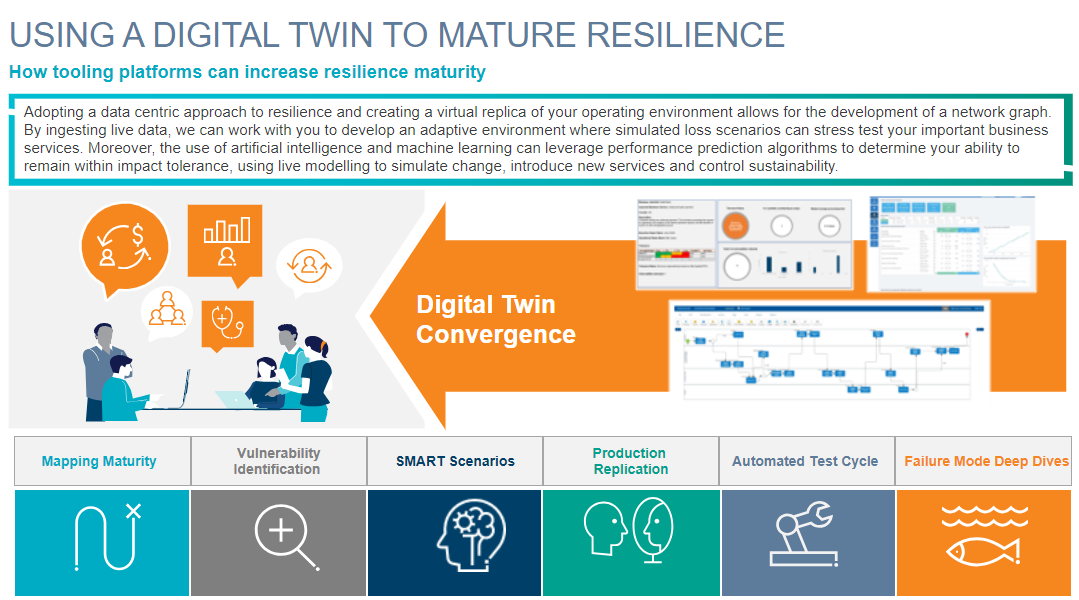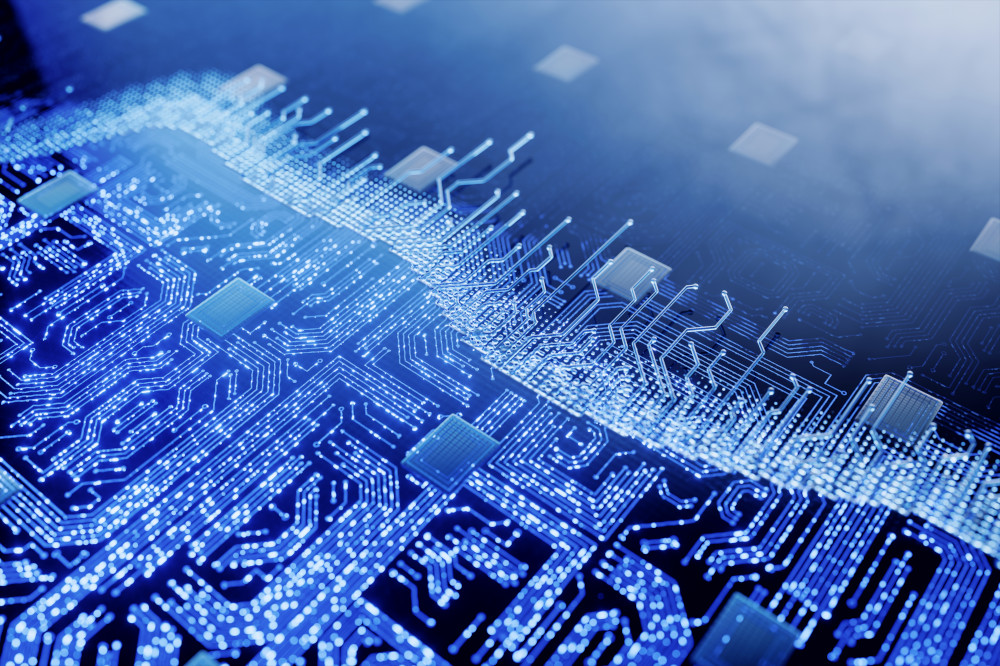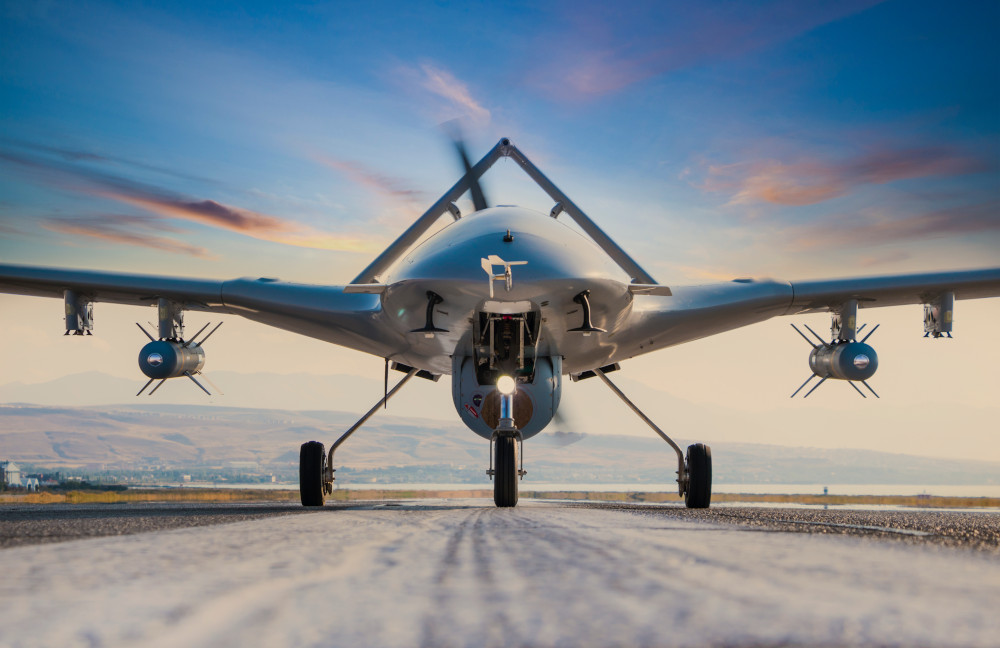Operational resilience – the ability for firms to prevent, adapt, respond to, recover and learn from operational disruptions – is a common concern for clients, leading to questions such as: Which management information should firms report against? Or, how can organizations advance testing beyond tabletop scenarios? While the answers often depend on specific contexts, leveraging available data across the business can help address these questions.
A data-centric approach, where data plays a significant role in assessing resilience, is crucial. However, organizations often struggle with poorly governed, low-quality data that lacks integrity, availability and authenticity. Manual data sourcing further complicates matters, affecting timeliness and accuracy. Protiviti recommends harnessing available data to gain deeper insights into an organization’s resilience.
Using technology as a differentiator
Utilizing existing technology, applications and tools can significantly bolster resilience. One effective approach is to construct a digital twin or model of the business environment. This model represents the organization through a non-tabular database, which is updated with live data and allows rapid responses to posed interrogative questions, which can be further enhanced with machine learning or artificial intelligence. The dataset can then be interrogated to achieve several strategic outcomes, such as gaining resilience reporting metrics, modelling change or even automating testing.
However, developing this capability is no small feat. It requires visionary thinking and industry leadership. Clearly defining business outcomes and use cases before embarking on development of a digital twin is essential. Additionally, securing executive buy-in is critical. Company leaders must champion not only the design and implementation but also the ongoing maturity of this capability as a vital business enabler.

How tooling platforms can increase resilience
Data delivery model and governance
Creating a robust data delivery model is essential and should overlap with an organization’s broader data strategy imposed by CDOs. This model outlines how data should be managed, defines roles and responsibilities and charts the flow of data from ingestion to consumption. By establishing these conditions, the way is paved for effective data management, remediation while leveraging data to address resilience questions. It is crucial to establish this framework as the initial step before developing a digital twin. Without it, operational and efficiency challenges are likely to arise downstream.
Discovery automation
Connecting with the business or identifying authoritative data sources can be challenging, especially when source system data integrity has been compromised, configurations are incorrect and information remains scattered across ad hoc spreadsheets. To address this, we recommend harnessing automated discovery capabilities. By automating the discovery process, it is possible to enhance data quality and accuracy when consuming information from source systems. Additionally, automated updates ensure that the data ingested into the digital twin remains up to date.
Data aggregation and query
Consolidating an organization’s data into a single, non-tabular data repository enhances our understanding of information nodes and their relationships. This approach facilitates faster querying. By constructing a digital twin of the operating environment, we can systematically build out layers representing people, processes, technology, third parties, facilities and data. This consolidated data enables insightful reporting across all lines of business
Insight automation
The use of automated tools and technologies to collect, analyze and generate actionable insights from data with minimal manual intervention enables organizations to gain a comprehensive understanding of their structure and processes, including dependencies. This process leverages advanced analytics, artificial intelligence (AI), machine learning (ML) and other automation techniques to transform raw data into meaningful information that can drive decision-making processes. As a result, the organization acquires resilience data sets that can be analyzed to answer the question, ‘how resilient am I?’ Additionally, this approach provides insights into the business and the impact of changes.
The final piece of the puzzle is the enhanced testing capability that a digital twin offers. By using codified scripted scenarios such as carefully designed and structured situations or simulations, created with specific rules and instructions, we can test how well an organization or system can handle different challenges or disruptions.
By running these scenarios, we can assess resilience, identify systemic weaknesses, prepare organizations for real-world events and understand their ability to withstand disruptions. For example, these scenarios might explore what happens if a data center is lost or evaluate whether the organization remains within its impact tolerance.
Why invest?
Organizations often weigh the necessity and benefits of investing in automation and data-centric capabilities. Embracing digital twin technology offers significant advantages for organizations. It enhances performance by providing live insights into resilience, optimizing equipment and facility operations and reducing downtime through automated access to authoritative data sources. Predictive capabilities allow businesses to foresee and address potential issues before they arise, facilitating proactive maintenance and minimizing unexpected failures. Additionally, digital twins accelerate production times by enabling virtual testing and refinement of products or processes, saving time and resources.
Digital twins also support informed decision-making with accurate, up-to-date data/information, reducing the time needed to model, report and capture information. This ensures strategic investment decisions are based on reliable data. By leveraging these capabilities, businesses can enhance operational efficiency and adaptability to disruptions. Is there a specific aspect of digital twin technology you are particularly interested in exploring further?
For more information about our technology resilience solutions, contact us or download our Guide to Business Continuity and Resilience or refer other thought leadership we have published on this topic, including Achieving Resilience Starts at the Top, Data Recovery Principles for Financial Institutions and The Strategic Imperative of Enterprise Resilience.





